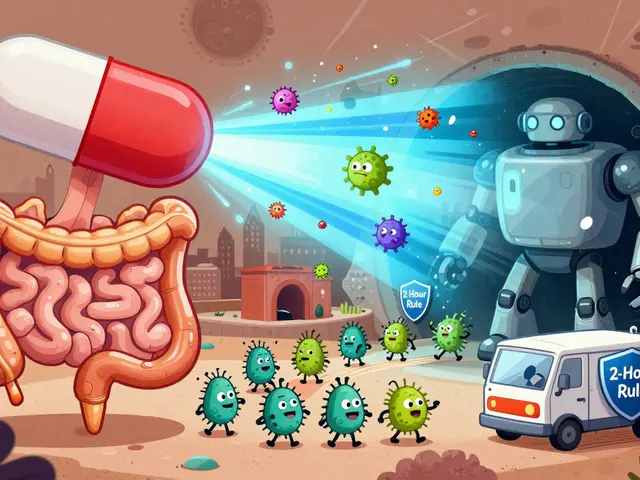Eye Cancer Prevention
Eye cancer is rare but can be serious. The good news: you can reduce your risk and catch problems early by taking a few straightforward steps. This page gives clear, useful actions you can use today—no jargon, no fluff.
Practical daily habits
Sunscreen for skin matters—and your eyes need protection too. Wear sunglasses that block 100% of UVA and UVB rays and choose wraparound frames or large lenses so sunlight doesn’t sneak in from the sides. Add a wide-brim hat when you’ll be outdoors for long stretches. These measures lower the chance of cancers on the eyelid and surface of the eye.
Avoid tanning beds. Tanning devices expose your whole head to ultraviolet radiation and raise risks for skin and eye tumors. If your job or hobby means long sun exposure, schedule regular breaks in the shade and consider a UV-blocking visor or goggles.
Keep health habits simple: don’t smoke, eat a balanced diet with colorful fruits and vegetables, and control chronic conditions like diabetes and high blood pressure. Strong overall health supports eye health and helps your immune system spot trouble earlier.
Know the warning signs and act fast
Early detection matters. Watch for these changes and don’t ignore them: a new dark spot on the iris, a painless lump on or around the eye, sudden vision changes like flashes, floaters, or a shadow in your peripheral vision, and any persistent redness or irritation that won’t go away. For children, a white reflection in photos (called leukocoria), a squint that appears suddenly, or a change in how the eye looks all require same-day attention.
If you notice any of these, see an eye doctor promptly. An ophthalmologist will do a dilated exam and, if needed, imaging tests. Finding a problem early makes treatment simpler and often more successful.
Have a family history of eye tumors or genetic conditions? Tell your doctor. Certain inherited changes can raise risk for retinoblastoma or other eye cancers. Genetic counseling and targeted screening can catch issues early, especially in young children.
How often should you get checked? Adults should have regular eye exams—usually every 1–2 years depending on age and health. People at higher risk (personal or family history, light-colored eyes, lots of sun exposure) should discuss a tailored schedule with their eye specialist. Kids, especially infants and toddlers, should get routine pediatric eye checks; any worrying sign means see a specialist right away.
Simple protection, awareness, and timely checkups give you powerful control over risk. Use good sunglasses, avoid tanning beds, keep healthy habits, and don’t delay when symptoms appear. If you want, ask your eye doctor about a personalized prevention plan—especially if eye cancer runs in your family.
In my latest exploration, I delved into the crucial role that diet and nutrition play in preventing eye cancer. It turns out that consuming a diet rich in fruits, vegetables, and whole grains, particularly those packed with vitamins A, C, and E, can reduce the risk of developing this disease. Omega-3 fatty acids, found in fish and flaxseeds, also play a key part in eye health. On the flip side, a diet high in processed foods and fats can increase your chances of eye cancer. So, it seems clear - what we put on our plates could certainly impact our eye health.
View Details

